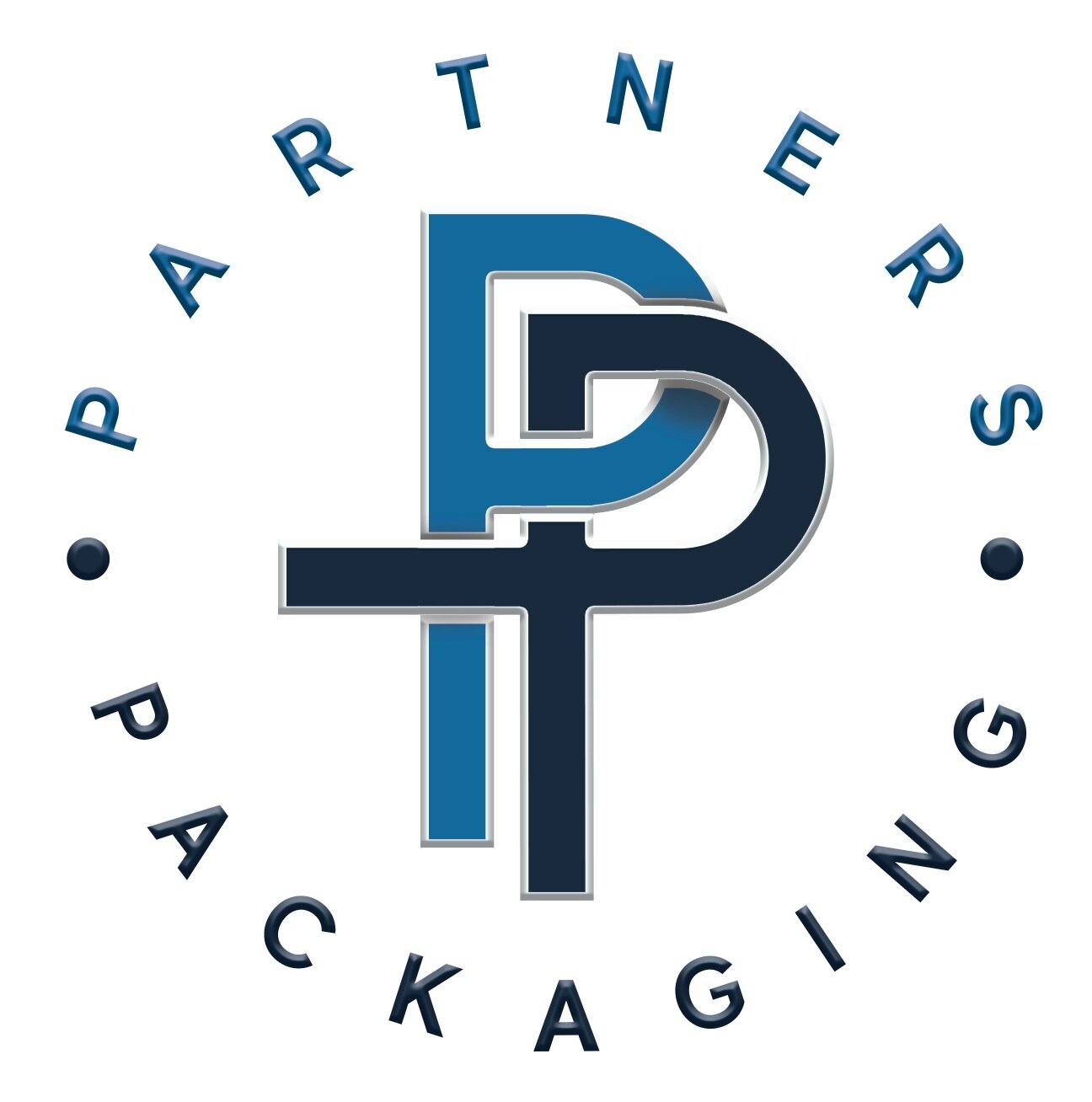According to the U.S. Environmental Protection Agency (EPA), “Sustainability is based on a simple principle. Everything that we need for our survival and well-being depends, either directly or indirectly, on our natural environment. Sustainability creates and maintains the conditions under which humans and nature can exist in productive harmony, that permit fulfilling the social, economic and other requirements of present and future generations.”
Responsibly managed corrugated packaging is good for the planet
Corrugated is 100% Renewable and Recyclable*
Renewable Focus
Corrugated packaging is renewable. The journey of the corrugated box begins in a sustainably-managed forest. There, certified foresters and loggers harvest just enough trees to make packages. And for each tree harvested, three more are planted to take its place. Corrugated packaging is a completely renewable resource: environmentally responsible, recyclable and compostable. The corrugated packaging industry is committed to helping customers find responsible packaging solutions – to make products that are more sustainable. See below for more data on corrugated packaging.
Facts on the renewability of corrugated packaging below:
96 percent of corrugated boxes are made with material supplied by certified fiber sourcing programs such as Sustainable Forestry Initiative® (SFI), Forest Stewardship Council (FSC), and American Tree Farm System (ATFS). Program participants are committed to sustainable forestry in their own forests, and are required to encourage their suppliers to practice sustainable forestry.
There are more trees on U.S. forestland today than there were 100 years ago. Some 2 million acres of trees are planted each year, and tree growth is currently double that of annual removals. (American Forest & Paper Association’s (AF&PA) 2016 Sustainability Report)
The forest products industry plants 1.7 million new trees every day, contributing to the long-term viability of North American forests, preserving wildlife habitats, sequestering carbon dioxide and offsetting greenhouse gas emissions. (SFI)
Today, the United States has 20 percent more trees than it did on the first Earth Day celebration more than 40 years ago.
66.7 percent of the energy needs at U.S. pulp and paper mills is provided by biomass and renewable fuels, on average, in 2016. (AF&PA 2018 Sustainability Report.)
Forest products facilities produce 70 percent of the renewable biomass energy used by the entire manufacturing sector.
Forest Certification
AF&PA white paper on Sustainable Forestry and Certification Programs in the United States provides an overview of sustainable forestry and forest certification programs in the United States. It is intended to serve as a general reference document, providing third-party factual information for forest product company employees, customers, the general public and other interested stakeholders.
Why Recycle?
Recycling corrugated packaging decreases solid waste disposal. Collected fiber is then reused to make new corrugated packaging, allowing for the use of less new raw material. Recycling corrugated packaging also generates revenue for the end-user. Recovered material (called “OCC” or “old corrugated containers”) is a valuable resource to paper mills and manufacturers of new corrugated packaging.
Corrugated Packaging – Extraordinary Recycling Success
Corrugated packaging is an extraordinary recycling success story. Corrugated “cardboard” is recycled more than any other packaging material in the U.S. The industry’s unwavering commitment to increasing recovery has driven these results – demonstrated in its sponsorship of educational programs reaching schools, communities, packaging professionals and buyers, and retailers. This prolonged and focused effort on recovery and reuse is one of many things that makes corrugated cardboard boxes extraordinary, and why consumers should feel good about the boxes being delivered to their doorsteps.
Corrugated vs. Reusable Plastic Containers (RPCs)
Corrugated packaging excels over RPCs in a variety of ways.
The following information will help you make an informed choice when deciding between corrugated and RPCs.
CORRUGATED EXCELS See
how corrugated excels over RPCs:
Comparative Life Cycle Assessment
The corrugated industry has completed a comparative life cycle assessment (LCA) study to bring a scientifically robust and transparent environmental assessment of corrugated containers and reusable plastic containers (RPC) to the produce industry and the public.
The LCA compares the environmental impact from extraction of raw materials to end-of-life for the two commonly-used produce container systems across eight of the highest volume produce items
The Corrugated Recycles Symbol
The Corrugated Recycles symbol can be used worldwide as a cue to box users that the package can and should be recycled. There is no cost or registration process to use the symbol. Use of the symbol on corrugated packaging is strongly supported and encouraged as long as there are no national or local laws or regulations prohibiting its use






